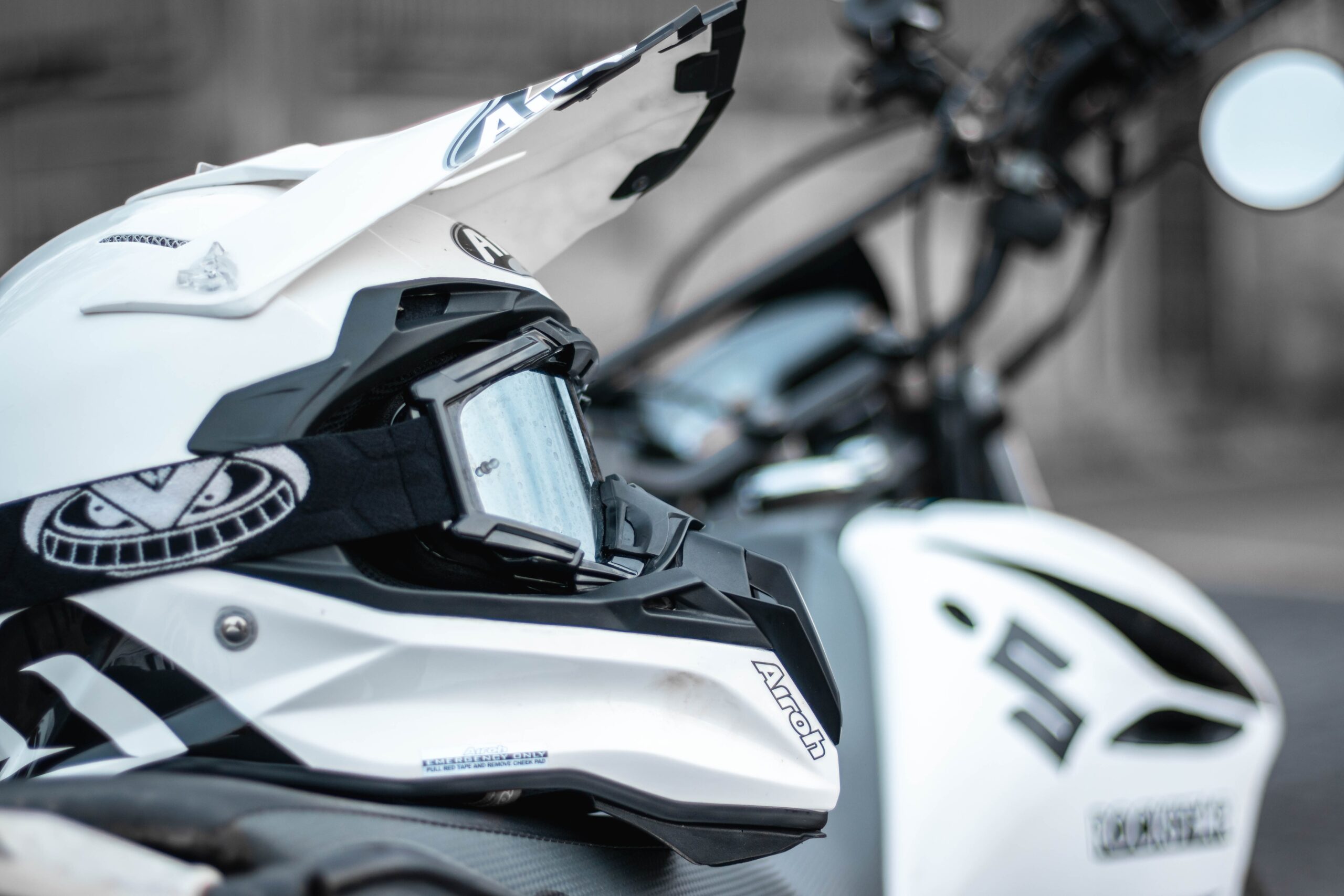

Have you always wanted to be your own boss and have a real impact on your local community? Owning a business in your own town is more than just a dream—it is an opportunity now available with us at The Helmet Doctors.
Take the first step towards your self-employed journey, simply complete our Expression of Interest form with your details. Once received, we will guide you through the necessary steps, including signing the required Non-Disclosure Agreement (NDA) enabling us to discuss how easy this opportunity could be in your local area.
Afterward, we will reach out to organize a convenient time for a video meeting where we can discuss your vision of running your own business with The Helmet Doctors. We will address any questions you may have, and provide you with valuable insights and guidance on how our services are needed in your town.
Don't let your dream remain just a dream. Let us show you how you can unlock the immense potential of your own business in your town. Complete the Expression of Interest form today, and let us embark on this exciting journey together!

Motorcyclists & Motorsport enthusiasts, buckle up for a compelling journey that unveils the crucial link between helmet safety and your passion for adrenaline. We shed light on the specific risks you face, and the devastating consequences of Traumatic Brain Injuries (TBIs), & present an innovative solution to fortify your protection.
Welcome to The Helmet Doctors, where we strive to empower you with the knowledge and tools to ensure a safe and exhilarating ride/drive every time knowing your helmet’s structural integrity is in optimal condition.
Below and the following stories we will brief you on the areas:
But now let’s look at …
Manufacturing Of Motorcycle Helmets –
The Inner Shell: PP, PE & Pb Foam Liners
Polypropylene (PP), Polyethylene (PE), and Polybutylene (Pb) foam liners
Similar to the EPS foam liner, a conventional mold with a core and a cavity is used for the PP, PE, and Pb foam liners. The core and the cavity are typically hemispherical in shape but extend beyond 180° of curvature to provide an undercut in the helmet.
Due to the resilient nature of these foams, the undercut region of the helmet will bend to allow the helmet to be removed from the mold at the end of the process without causing any liner distortion (Shuaeib et al. 2002b). Retention system attachment holes and ventilation holes are also able to be molded into the liners at the same time. Figure 4 on our website shows projections corresponding to the holes for ventilation and helmet chin straps in the rear of the helmet are configured on the cavity part of the mold and the holes for ventilation and helmet chin straps in the front of the helmet are configured on the core part of the mold (Gessalin 1984).
These projections are usually located perpendicular to the surface of the helmet and hence the minimum amount of helmet material is removed to accommodate the holes. This set-up of projections also allows the liner enough elasticity to be removed from the mold without fracturing. The advantages and disadvantages of manufacturing PP, PE, and Pb foam liners for motorcycle helmets are outlined and better viewed in Table 4 on our website and are also listed below.
Advantages
Disadvantages
For more content or illustrations, head to our website, or check out our FAQ. To reference our article to your friends, or family, in the Motorcycling/Motorsport community, click the link below or simply copy this URL or bookmark the page for future referencing: https://thehelmetdoctors.com/contact-us-helmet-protection-motorcycle-safety-course/. Otherwise read our next article about Manufacturing Of Motorcycle Helmets – The Inner Shell: EPS Liner, titled “Helmet Shell Manufacturing: Part 3”
“Our motorcycle safety course in helmet protection”
a2307039

